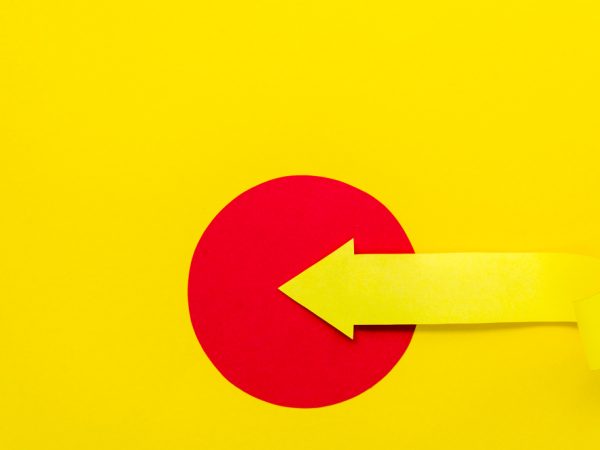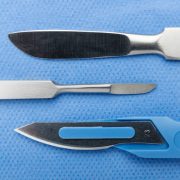Checkable Deposits: Definition, Types, and How They Work

In personal finance, managing money effectively requires understanding various types of bank accounts. One such essential financial instrument is the checkable deposit, a cornerstone of modern banking that offers both liquidity and convenience. These accounts make it easy for individuals and businesses to access their funds for day-to-day transactions.
This article explains checkable deposits, how they work, their benefits, and their importance in the banking system.
What Are Checkable Deposits?
A checkable deposit is a type of bank account that allows account holders to access their funds on demand using checks, debit cards, or electronic transfers. These accounts are primarily used for transactions rather than long-term savings.
Key Features of Checkable Deposits
- High Liquidity: Funds can be withdrawn or transferred anytime without penalties.
- No Fixed Maturity: Unlike time deposits, checkable deposits have no set end date.
- Transaction Capability: Supports payments via checks, debit cards, and online banking.
Types of Checkable Deposits
Checking Accounts
- Definition: A common type of checkable deposit that facilitates frequent transactions.
- Uses: Writing checks, paying bills, and making purchases with debit cards.
Demand Deposit Accounts (DDA)
- Definition: Accounts where funds are available “on demand” without prior notice to the bank.
- Examples: Standard checking accounts and some savings accounts.
Negotiable Order of Withdrawal (NOW) Accounts
- Definition: Similar to checking accounts but may require maintaining a minimum balance to earn interest.
- Benefit: Combines the liquidity of a checking account with interest-earning potential.
How Do Checkable Deposits Work?
- Account Opening: Customers open a checking or demand deposit account with a bank or credit union.
- Fund Accessibility: Account holders can deposit funds and access them through checks, debit cards, or electronic transfers.
- Transactions: Payments can be made to third parties, and withdrawals can be made directly from ATMs or branches.
- Fees: Some checkable deposits may include maintenance fees, overdraft fees, or transaction limits.
Advantages of Checkable Deposits
High Liquidity
- Funds are easily accessible, making them ideal for daily transactions.
Convenience
- Provides multiple payment options such as checks, debit cards, and online transfers.
Safe Storage of Funds
- Deposits are insured by institutions like the FDIC (up to $250,000 in the U.S.), ensuring financial security.
Facilitates Money Management
- Allows account holders to track spending through detailed bank statements.
Disadvantages of Checkable Deposits
Low or No Interest
- Most checkable deposits offer little to no interest, making them unsuitable for savings.
Maintenance Fees
- Many accounts charge fees for services like overdrafts, insufficient funds, or monthly maintenance.
Risk of Overdraft
- Easy access to funds may lead to overspending, resulting in overdraft penalties.
Examples of Checkable Deposits in Action
Personal Checking Accounts
- Used for paying bills, making purchases, and managing household finances.
Business Checking Accounts
- Enables businesses to handle payroll, vendor payments, and other operational transactions.
Joint Checking Accounts
- Shared accounts for couples or partners to manage shared expenses.
Checkable Deposits vs. Savings Accounts
| Feature | Checkable Deposits | Savings Accounts |
| Purpose | Daily transactions | Long-term savings |
| Liquidity | High | Moderate |
| Interest Rates | Low or none | Higher |
| Access | Checks, debit cards, ATMs, online transfers | Limited withdrawals, often no checks |
Importance of Checkable Deposits in the Economy
Facilitates Trade and Commerce
- By enabling easy transactions, checkable deposits play a critical role in both consumer spending and business operations.
Promotes Financial Inclusion
- Checkable accounts provide a gateway for individuals to participate in the formal banking system.
Supports Monetary Policy
- Central banks monitor checkable deposits as part of money supply data to gauge economic health.
How to Choose the Right Checkable Deposit Account
Compare Fees
- Look for accounts with low or no monthly maintenance fees.
Consider Accessibility
- Choose a bank or credit union with a convenient branch and ATM network.
Evaluate Features
- Check for additional perks like mobile banking, overdraft protection, or cashback rewards.
Review Interest Rates
- If earning interest is important, consider a NOW account or other interest-earning checking options.
Conclusion
Checkable deposits are a vital tool for managing everyday financial transactions, offering convenience, safety, and accessibility. While they may not be ideal for savings due to low interest rates, their high liquidity and ease of use make them indispensable for individuals and businesses alike.
Ready to streamline your financial management? Open a checkable deposit account today and experience the convenience of modern banking!
FAQs
1. What are checkable deposits?
Checkable deposits are bank accounts that allow easy access to funds for transactions, typically through checks, debit cards, or online banking.
2. Are checkable deposits and checking accounts the same?
Yes, checking accounts are a common type of checkable deposit. However, checkable deposits can also include demand deposit accounts and NOW accounts.
3. Can checkable deposits earn interest?
Most standard checking accounts do not earn interest, but NOW accounts may offer interest if certain conditions are met.
4. What are the benefits of checkable deposits?
Checkable deposits provide high liquidity, safety, and convenience for managing day-to-day financial transactions.
5. Are checkable deposits insured?
In the U.S., checkable deposits are insured by the FDIC for up to $250,000 per depositor, per bank.
Also read: Too Much of a Niche: How to Avoid Over-Niching in Business and Marketing











